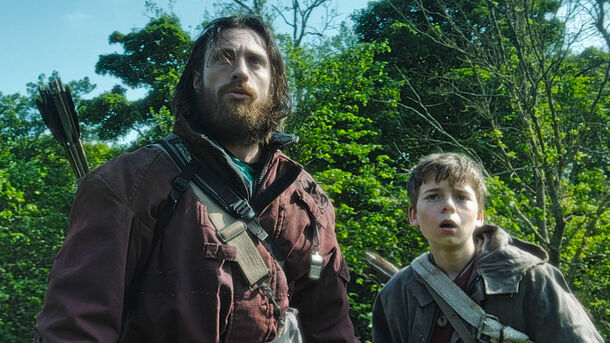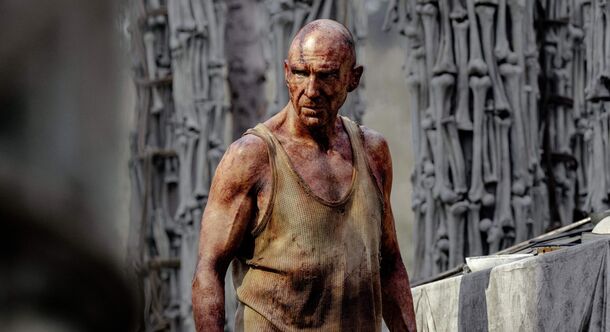'28 Years Later' Brings Back the Rage — But It's Not the Virus You Remember

It's smarter, stronger, and terrifyingly close to becoming fully human.
Two decades after 28 Days Later redefined the zombie genre (without actual zombies), Danny Boyle returns with 28 Years Later — the long-awaited third chapter in the rage-fueled saga. This isn’t just a reunion; it’s a bold reinvention of a world where the infected still roam, mutated, brutal, and more cunning than ever.
Set nearly three decades after the original outbreak, the film introduces a new generation of survivors living on a quarantined island off the coast of Scotland. Among them: a woman with no memory (Jodie Comer), a cautious father (Aaron Taylor-Johnson), and a boy on the brink of adolescence (Alfie Williams). When they’re forced to reenter the decimated mainland, they discover that the virus has evolved — and so have those it’s infected.
But how are the infected still alive after 28 years? The film leans into science fiction, suggesting that viral mutations allowed the infected to adapt and survive outside their original biological timeline. Instead of mindless aggression, we now see eerie coordination, disturbing ritualistic behavior, and signs of hierarchy. They’re not the undead. They’re worse — alive, aware, and angry.

Boyle filmed the entire project in 2024 using a surprisingly lo-fi approach: iPhones, drones, and a raw aesthetic that captures the grit and chaos of post-collapse Britain. Some sequences were even shot with cameras mounted to goats (yes, goats), though those scenes didn’t make the final cut. The result is a visual style that feels both immediate and unsettling.
The film lands in UK cinemas on June 20, 2025, with a runtime just under two hours. It also kicks off a brand-new trilogy, with 28 Years Later: The Bone Temple already in post-production and scheduled for release in January 2026. Fans of the original may be surprised to know that Cillian Murphy, though not appearing in this first installment, is on board as an executive producer — and may show up later in the saga.
What makes 28 Years Later stand out isn’t just the horror. It’s the undercurrent of social commentary, with Boyle weaving in Brexit, pandemic trauma, and even Teletubbies (yes, really) as thematic touchstones. It’s chaotic, brutal, and eerily reflective of the world we’ve just lived through.
.jpg)
In short, 28 Years Later doesn’t just resurrect the Rage Virus — it reawakens everything that made the series unforgettable. Not just survival horror. Human horror. And it’s only just begun.
